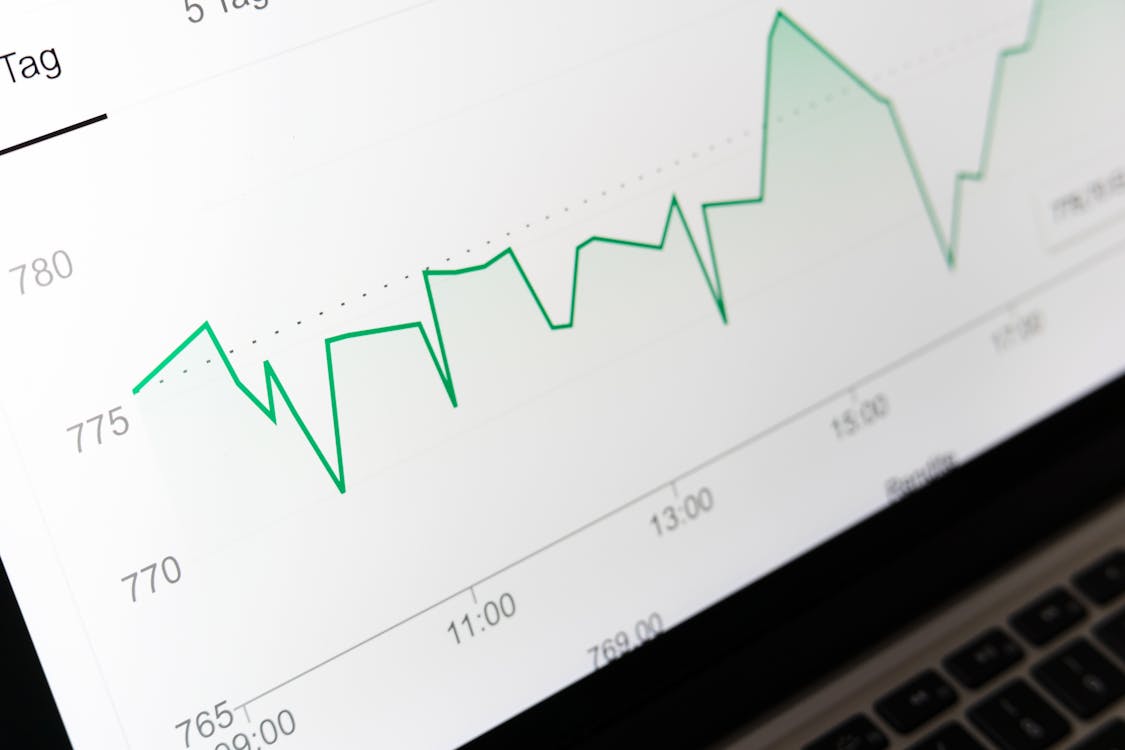
 Image Source: PexelsWell, one of the most significant macroeconomic developments in the past couple of years just unfolded. I’m talking about the “re-steepening” of the yield curve.A couple of years back, there was a fair bit of hysteria in the market when the curve inverted. That is, the 10-year Treasury yield began offering less return than the two-year Treasury yield. This is considered a sign that economic storm clouds are gathering on the horizon. With the latest labor market reports showing notable slowdowns, should we start being concerned about the historical correlation between recessions and the yield curve’s behavior?
Image Source: PexelsWell, one of the most significant macroeconomic developments in the past couple of years just unfolded. I’m talking about the “re-steepening” of the yield curve.A couple of years back, there was a fair bit of hysteria in the market when the curve inverted. That is, the 10-year Treasury yield began offering less return than the two-year Treasury yield. This is considered a sign that economic storm clouds are gathering on the horizon. With the latest labor market reports showing notable slowdowns, should we start being concerned about the historical correlation between recessions and the yield curve’s behavior?
Let’s dive in further…
The Most Dreaded Words in Markets
I wouldn’t dare say that this time is different when it comes to the yield curve re-steepening. Check out this long-term chart of the yield curve below. We’re looking at the spread between the two-year and 10-year Treasury yields. The blue line is the zero bound. You’ll see that each of the times the yield curve inverted, a recession followed. To be clear, there typically is a lag time of up to two years following the inversion before the onset of a recession.But many times, it’s the re-steepening of the curve, or the rally back above the zero bound, that corresponds with a recession.Like I said, I wouldn’t venture that this time is different – those are the most dreaded words in markets. However, I would like to point out that all of these scenarios with the yield curve occurred during a secular bull market in bonds.In other words, interest rates were in a long-term decline from their high in 1981. Now that evidence mounts that the secular bull market in bonds is over, could the historical relationship between the yield curve and the economy be something to change?It’s not my place to offer the correct answer here, but merely to ask a very important macroeconomic question worth considering. I’ll keep you posted on my thoughts on this matter.More By This Author:We Got More Signs Of A Weakening Economy – Here’s How To Play It
The blue line is the zero bound. You’ll see that each of the times the yield curve inverted, a recession followed. To be clear, there typically is a lag time of up to two years following the inversion before the onset of a recession.But many times, it’s the re-steepening of the curve, or the rally back above the zero bound, that corresponds with a recession.Like I said, I wouldn’t venture that this time is different – those are the most dreaded words in markets. However, I would like to point out that all of these scenarios with the yield curve occurred during a secular bull market in bonds.In other words, interest rates were in a long-term decline from their high in 1981. Now that evidence mounts that the secular bull market in bonds is over, could the historical relationship between the yield curve and the economy be something to change?It’s not my place to offer the correct answer here, but merely to ask a very important macroeconomic question worth considering. I’ll keep you posted on my thoughts on this matter.More By This Author:We Got More Signs Of A Weakening Economy – Here’s How To Play It
The S&P 500 Is Trying To Hold It Together, But The Odds Are Stiff
September Is Showing Us Just How Rough It Can Be















